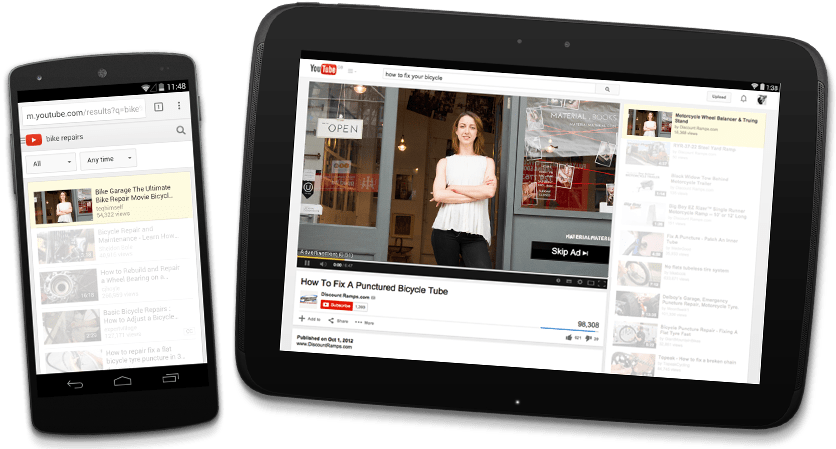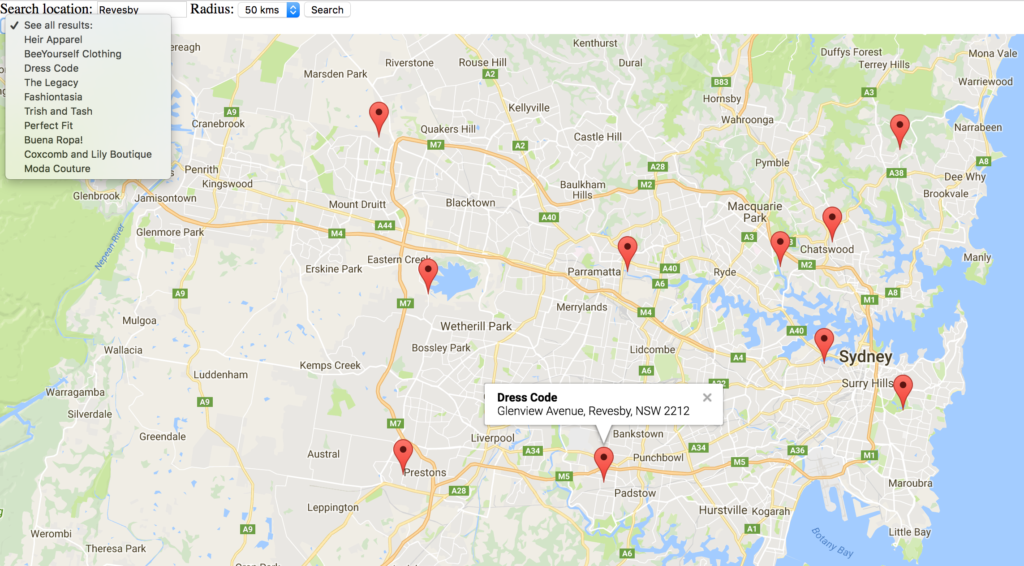
YouTube ads to get more personal with Google Maps data

YouTube has come out with new tools to make the advertisements you see on the video platform more targeted and personalized. Google’s Custom Affinity Audience targeting tool, which allows advertisers to reach out to people based on their search history as they browse the Internet, will now get data from Google Maps and app installations as well.
That means an outdoor outfitter could use the Custom Affinity program to potentially reach people who have searched for skis, used Google Maps to look up a ski resort and spent time there, or have downloaded a ski resort’s trail guide app, the company explained in a blog post.
In an age where the attention span of a millennial is shorter than that of a goldfish’s, advertisers increasingly need to rely on relevance to turn the spotlight toward their products. And that’s exactly what YouTube is trying to bank on.
“Audience plus context plus intention – that is where the magic happens,” Tara Walpert Levy, vice president of agency and media solutions at YouTube and Google, insisted at the recently-concluded Advertising Week in New York. So, while demographic data or psychographic data wouldn’t be able to pinpoint whether a teenager is searching for your product or a middle-aged man, coupling the same with relevance would give advertisers a better picture of the user’s intent.
Google’s studies, in fact, have revealed that intent-based mobile advertisements command 20% higher recall value and a 50% increase in brand awareness when compared to campaigns that only use demographic audiences.
Google has also announced the launch of a new geo-based analytics solution in collaboration with Nielsen – MPA (Matched Panel Analysis) – to measure which online advertisements are driving offline sales, a field which Snapchat’s parent company Snap has also been obsessed with off late.






